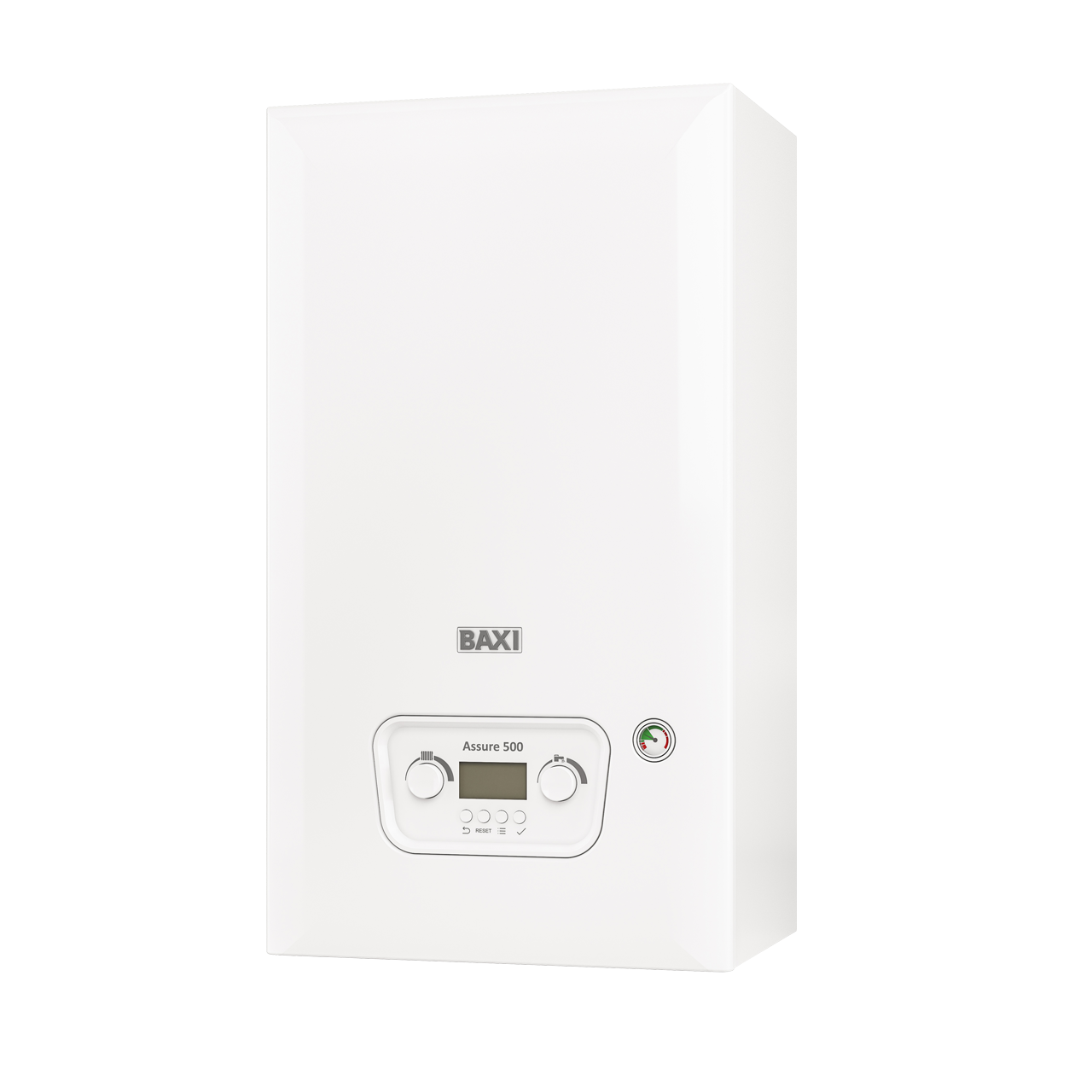Heat Interface Unit (HIU) pros and cons
Heat Interface Units (HIUs) are appliances used to transfer heat from a heat network to an individual premises to be used for space heating and / or domestic hot water. As a result, the pros and cons of such a product need to be assessed as part of the wider system.
Heat Networks have been identified by the UK Government as an important part of the UK’s journey to net zero. Heat Networks can take advantage of renewable heat generators as well as recover heat from sources where it otherwise could be wasted, for example industrial process and energy-from-waste plants; this means Heat Networks are extremely flexible. These networks can be a cost-effective way to reduce carbon emissions from heating and hot water, and as the networks expand and the number of connections increases, their carbon-saving potential also increases.
Heat Networks are currently not widely adopted in the UK market, with circa 3% of the UK’s heat being supplied by a network. This means that the technology is not widely known. In some cases, existing heat networks are not running efficiently, this can lead to high energy costs for the end-user. However, the regulatory environment is changing with more stringent standards to be met and the appointment of Ofgem as the regulator for Heat Networks across Great Britain.
Take a look at Baxi's AquaHeat HIU
For homes fed with heat from a heat network, the Baxi AquaHeat is the answer to your apartment’s heating and hot water requirements. Perfectly suited to supply heat to communal and commercial premises in your development.




